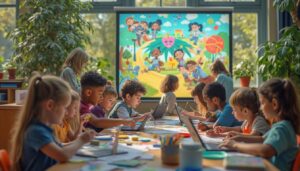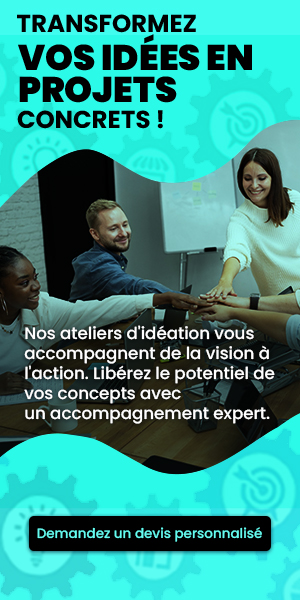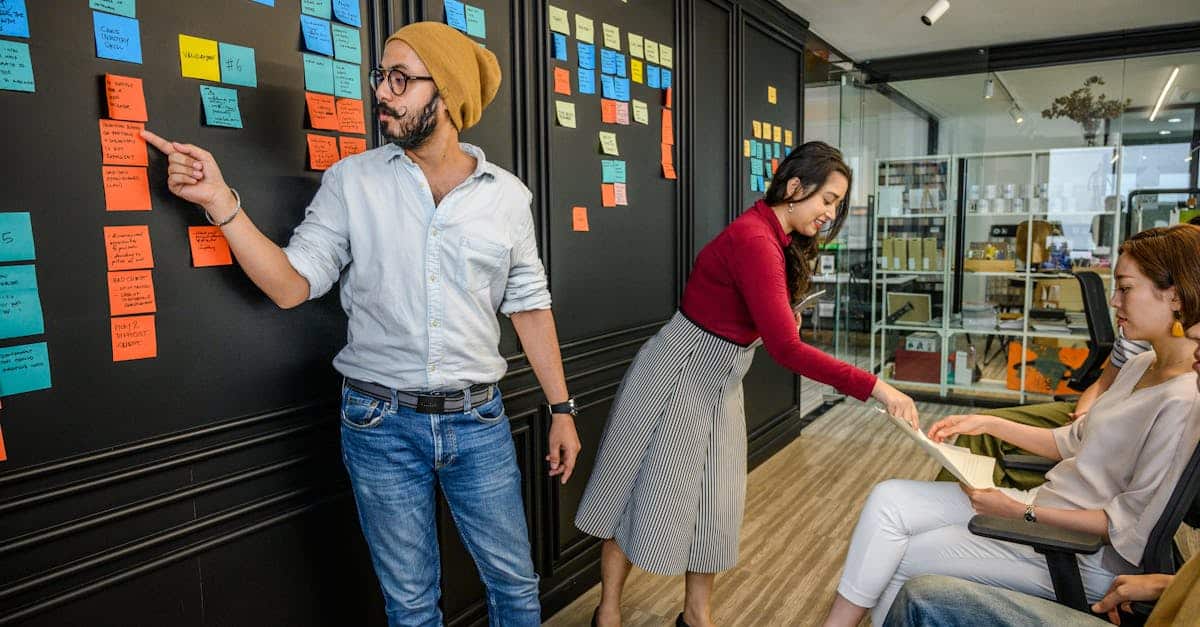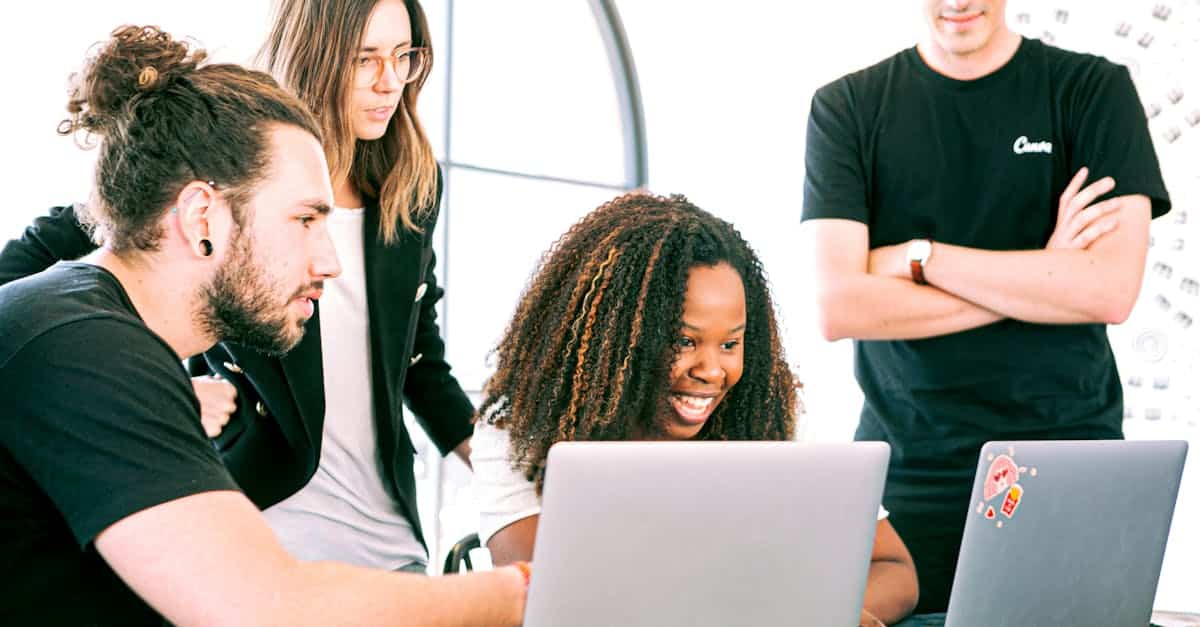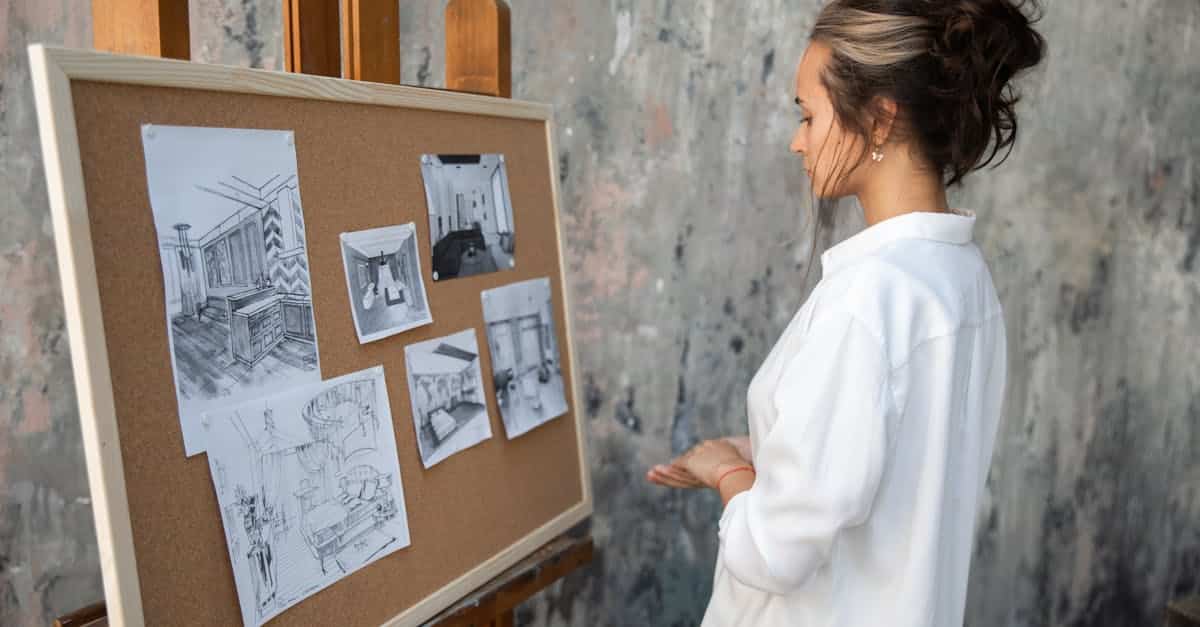Creativity is often perceived as a mystical phenomenon, reserved for a few artistic elites. Yet, it is an ability accessible to everyone, essential both personally and professionally. It is defined as the capacity to generate new ideas and to solve problems in an original way. To better understand this notion, it is crucial to dissect its stakes and multiple applications.
🔥 Nous recommandons Ideamap
Ideamap est l’outil idéal pour un brainstorming ou un projet collaboratif. Grâce son interface facile et à ses fonctions IA, Ideamap booste votre créativité tout en favorisant une meilleure organisation de vos idées pour atteindre vos objectifs.
From a psychological perspective, creativity is a way to break free from traditional thought patterns. It requires an environment conducive to innovation, where individuals feel safe to experiment and fail. Such an atmosphere can foster the emergence of innovative solutions by stimulating divergent thinking, the ability to consider multiple perspectives on the same issue.
In the professional realm, creativity takes on significant importance. It is often synonymous with innovation, a driver of evolution for businesses. Those that encourage this quality tend to stand out in the market by offering unique products or services. Furthermore, a creative work environment can enhance employee engagement, as they feel valued and heard. It is observed that collaboration among teams also promotes this process, bringing diverse viewpoints to the table.
The applications of creativity are vast. In the artistic field, it is an essential skill, allowing artists to express their unique vision of the world. Writers, musicians, or visual artists rely on this faculty to produce works that resonate with the public. However, creativity is not limited to art; it is also omnipresent in areas like design, where the ability to imagine innovative products is crucial.
In the educational sector, promoting creativity helps develop essential skills in students. By encouraging children to explore their imagination, they are provided with the tools necessary to tackle the challenges they will face in their future lives. Educators can use methods such as design thinking to engage students in projects that stimulate their originality.
Neuroscience also contributes to a better understanding of creativity. Research shows that different areas of the brain are activated when a person creates. This process engages both rationality and intuition, allowing for the association of ideas typically considered disparate. By exploring the science behind creativity, it becomes easier to develop techniques to cultivate it.
Finally, it is important to clarify that one of the major challenges related to creativity is its preservation in an increasingly standardized world. Digital tools, for example, offer countless opportunities to express creativity, but they can also lead to conformity. Therefore, it is essential to exercise discernment and continue to foster a stimulating environment for innovation, both individually and collectively.
For those looking to harness their creative potential, various methods and workshops exist, such as those offered by specialized programs in coaching or design thinking. Thus, creativity is not an isolated skill, but a collective approach to promote daily, both in our personal and professional lives.




